
The Kingdom of Naples, was a state that ruled the part of the Italian Peninsula south of the Papal States between 1282 and 1816. It was established by the War of the Sicilian Vespers (1282–1302), when the island of Sicily revolted and was conquered by the Crown of Aragon, becoming a separate kingdom also called the Kingdom of Sicily. This left the Neapolitan mainland under the possession of Charles of Anjou. Later, two competing lines of the Angevin family competed for the Kingdom of Naples in the late 14th century, which resulted in the death of Joanna I by Charles III of Naples. Charles' daughter Joanna II adopted King Alfonso V of Aragon as heir, who would then unite Naples into his Aragonese dominions in 1442.

Pietro Giannone was an Italian philosopher, historian and jurist born in Ischitella, in the province of Foggia. He opposed the papal influence in Naples, for which he was excommunicated and imprisoned for twelve years until his death.
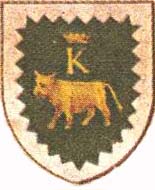
The House of Bove is an ancient noble patrician family of Ravello, Maritime Republic of Amalfi that held royal appointments in the Kingdom of Naples, and presided over feudal territories. After the dissolution of noble seats of the Kingdom of Naples in 1800 they were ascribed in the Libro d'Oro of Ravello. The Bove coat of arms is prominently displayed in the Duomo of Ravello.
Jacobus Palladinus de Teramo (1349–1417), a member of the powerful family of Palladini, was an Italian canon lawyer and bishop. His birthplace, Teramo, was then part of the Kingdom of Naples.

Arenella is a quarter of Naples, southern Italy. It is on the Vomero hill above the city and was, 300 meters in elevation. Many years ago was considered a place to go to "get away from it all". It is near to the main hospital section of the city, set somewhat higher, on the way up to the Hermitage of Camaldoli. It has some points of historic interest, such as the presence of the workshop of Giambattista della Porta.

The Catacombs of San Gennaro are underground paleo-Christian burial and worship sites in Naples, Italy, carved out of tuff, a porous stone. They are situated in the northern part of the city, on the slope leading up to Capodimonte, consisting of two levels, San Gennaro Superiore, and San Gennaro Inferiore. The catacombs lie under the Rione Sanità neighborhood of Naples, sometimes called the "Valley of the Dead". The site is now easily identified by the large church of Madre del Buon Consiglio.

Achille Costa was an Italian zoologist working mainly in entomology who was appointed director of the Zoological Museum of Naples. He founded the entomological collections in Naples and described many new species.
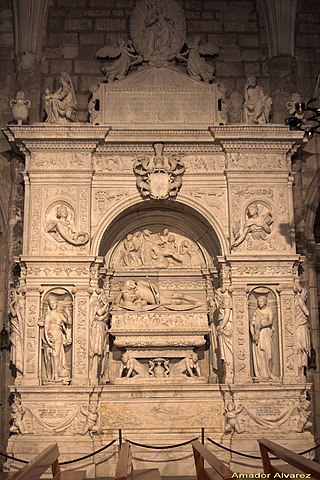
Giovanni da Nola (1478–1559), also known as Giovanni Merliano, was an Italian sculptor and architect of the Renaissance, active in Naples.
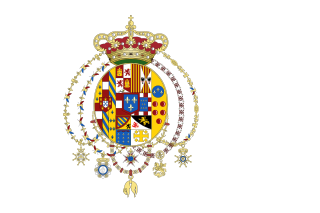
The Kingdom of the Two Sicilies was a kingdom in Southern Italy from 1816 to 1861 under the control of the House of Bourbon-Two Sicilies, a cadet branch of the Bourbons. The kingdom was the largest sovereign state by population and land area in Italy before the Italian unification, comprising Sicily and most of the area of today's Mezzogiorno and covering all of the Italian Peninsula south of the Papal States.
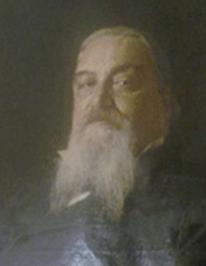
Duke or Duchess San Donato was a noble title, first created in 1602 by the Spanish King Philip III for the House of Sanseverino. The duchy was traditionally based on estates and territories held in San Donato di Ninea, Calabria. The first creation, however, lasted only 52 years. In 1668, the title was recreated for a wealthy merchant, Antonio Amitrano, who had some years earlier bought the feudal rights over the former dukes' territories. Descendants of the Ametrano family held the duchy, as one several titles, until it became extinct in the 1970s. There have been successive claims over the centuries by distant kinsmen of the first holders to claim the duchy; these remain unverified.

Julius Caesar Capaccio was a learned Italian humanist of the 17th century. A civic humanist, in 1602 he was appointed secretary of the city of Naples.

The Hamilton Bible is a fourteenth-century illuminated manuscript Bible, commissioned by the Angevin court in Naples and illustrated by the workshop of Cristoforo Orimina around 1350.
British Library, Stowe MS 54 is a French illuminated manuscript from the first quarter of the fifteenth century of the Histoire ancienne jusqu'à César, a medieval historical compilation recounting tales of the ancient world, especially the Trojan War, the conquests of Alexander the Great, and the greatness of ancient Rome.

The Naples tramway network is located within the city and comune of Naples, in the region of Campania, southern Italy. In operation since 1875, the network has waxed and waned in size and vitality over the years, and is now growing once again. It is now 11.8 km (7.3 mi) long, and comprises three routes, known as lines 1, 2 and 4.

The church of Santi Severino e Sossio and the annexed monastery are located on via Bartolommeo Capasso in Naples, Italy.
The Conspiracy of the Barons was a revolution against Ferrante of Aragon, King of Naples by the Neapolitan aristocracy in 1485 and 1486. King Ferdinand the First, also known as Ferrante, aimed at dispelling the feudal particularism, strengthening the royal power as the only unquestionable source of authority. In that political and financial context a crash between the barons and the royalty was inevitable.

Francesco di Antonio del Chierico (1433–1484) was a manuscript illuminator of the early Renaissance period in Florence. Francesco began as a goldsmith before changing occupations to become a successful illustrator. He was one of the pupils of Fra Angelico and became famous for being Lorenzo de' Medici's favorite illuminator. He worked under some of the most prestigious patrons of the time, including Lorenzo de' Medici, Piero de’ Cosimo de' Medici, Cosimo il Vecchio, and Vespasiano da Bisticci. He gained a reputation for his well executed illustrations in varying types of books ranging in size from small books of hours to large choir books. His illustrations often included intricate floral arrangements, putti, and candelabras. He decorated both the borders of manuscripts and full pages.

Camillo Tutini was an Italian historian, mainly of the Neapolitan region.
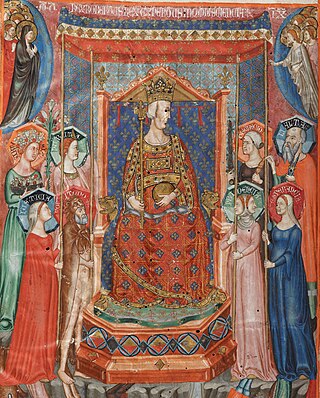
The Anjou Bible, or Bible Angevine, is an illustrated manuscript created c. 1340 in the court of King Robert I of Naples and Sicily. The Bible consists of 344 folios with two full-page illustrations and over 80 small miniatures, dated initials, and marginal miniatures. The work is considered a masterpiece of Italian literature from the fourteenth century.
Turgisio was a Norman knight who founded the House of Sanseverino.
















